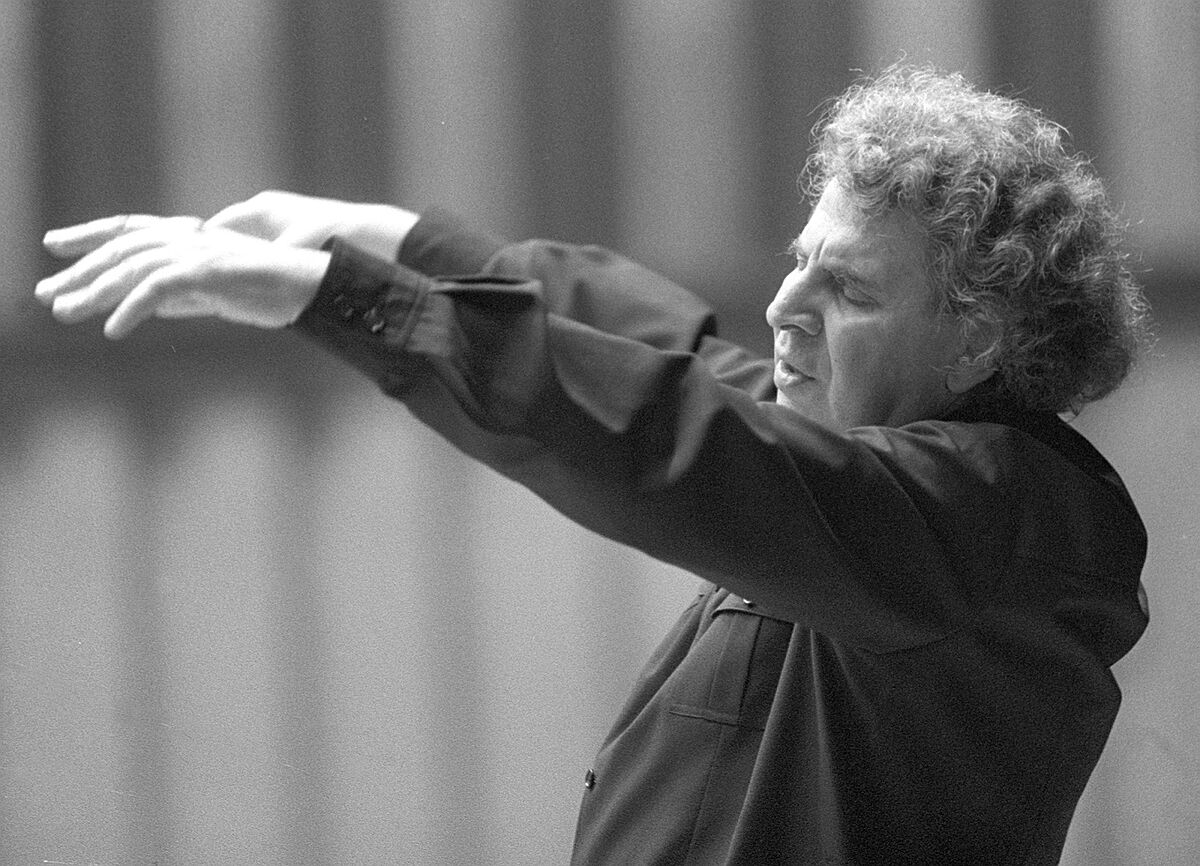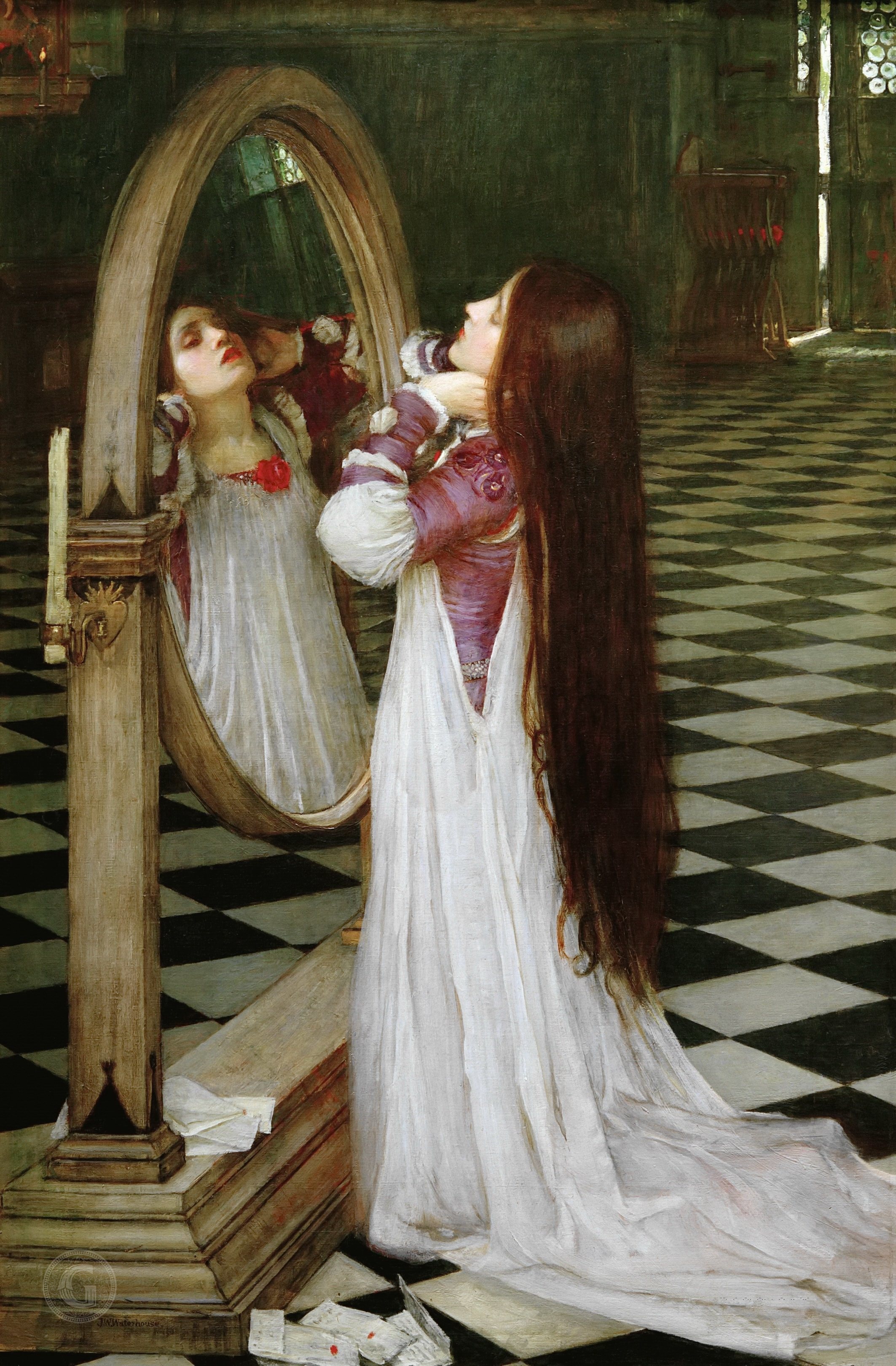Claude Monet depicted an evening on the river using a reduced formal vocabulary. The impulsive play of lines seems to be rapidly set down, as if the painter had wanted to complete the composition just before the sun disappeared.
Several branches glow in the red light of its last rays. Although the picture has the appearance of a sketch, the artist’s signature indicates that he considered it an independent, completed work.
According to Academic standards, a finished painting was characterized by a polished surface in which even subordinate elements should be developed in some detail.
Monet resisted this aesthetic of the fini by dissolving the traditional distinction between the preparatory sketch (esquisse or étude) and the painting intended for exhibition (tableau).








